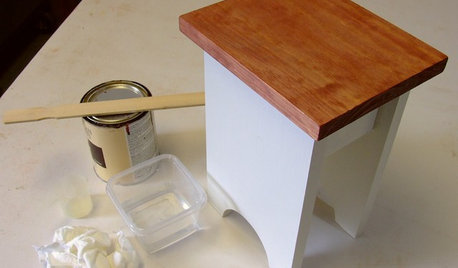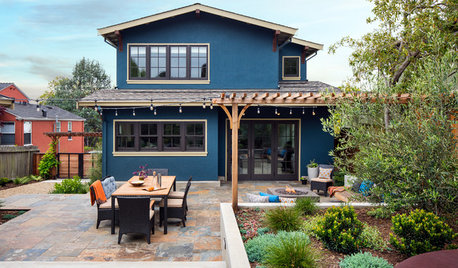Problems With Stain-Grade Pine
totallyconfused
15 years ago
Featured Answer
Sort by:Oldest
Comments (9)
Ron Natalie
15 years ago2ajsmama
15 years agoRelated Professionals
Five Corners Architects & Building Designers · Keansburg Architects & Building Designers · Ken Caryl Architects & Building Designers · Morganton Architects & Building Designers · Taylors Architects & Building Designers · Forest Hill Home Builders · Lake City Home Builders · Dothan General Contractors · Dover General Contractors · Franklin General Contractors · Great Falls General Contractors · Greenville General Contractors · Maple Heights General Contractors · Modesto General Contractors · Signal Hill General Contractorsmightyanvil
15 years agoallison0704
15 years agototallyconfused
15 years agohadley
15 years agovhehn
15 years agosombreuil_mongrel
15 years ago
Related Stories

REMODELING GUIDESThe Hidden Problems in Old Houses
Before snatching up an old home, get to know what you’re in for by understanding the potential horrors that lurk below the surface
Full Story
ECLECTIC HOMESHouzz Tour: Problem Solving on a Sloped Lot in Austin
A tricky lot and a big oak tree make building a family’s new home a Texas-size adventure
Full Story
DIY PROJECTSCool Tip: Mimic Stain With a DIY Color Wash
Get the look of an oil-based stain without all the bother, using this easy wash made with paint
Full Story
HOUSEKEEPINGDon't Touch Another Stain Before You Read This
Even an innocent swipe with water may cause permanent damage. Here's what to know about how rugs and fabrics react
Full Story
KITCHEN CABINETSKitchen Cabinet Color: Should You Paint or Stain?
Learn about durability, looks, cost and more for wooden cabinet finishes to make the right choice for your kitchen
Full Story
HOUSEKEEPINGHow to Clean Grout — Stains and All
If your grout is grossing you out, this deep-cleaning method will help it look new again
Full Story
LANDSCAPE DESIGNHow to Make Your Painted or Stained House Feel at Home in the Landscape
Use color and texture to create a pleasing connection between your house and garden
Full Story
WOODKnotty and Nice: Highly Textured Wood Has a Modern Revival
Whether it's cedar, fir or pine, if a wood has a knot, it's hot
Full Story
REMODELING GUIDESYour Floor: An Introduction to Solid-Plank Wood Floors
Get the Pros and Cons of Oak, Ash, Pine, Maple and Solid Bamboo
Full Story
CONTEMPORARY HOMESHouzz Tour: Dappled Light Inspires Artistic Wrapping
Cor-Ten cut with circles mimics the effect of a massive pine tree’s canopy, for a striking look inside and out
Full Story








sombreuil_mongrel